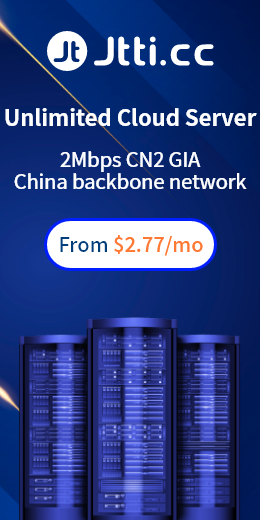Cloud server traffic distribution and website acceleration can effectively improve website performance, optimize user experience and ensure high availability. The cloud server and CDN can cache the website content to multiple nodes around the world, and use the CDN for full site acceleration, including static file acceleration and regional local CDN network acceleration services. Users can access the content directly from the nearest node, greatly improving access speed and reducing latency. Register the CDN service, add a domain name, configure DNS to direct traffic to the edge nodes of the CDN, and configure CDN rules, such as cache policies and security Settings.
Load balancing is to distribute user requests to multiple cloud servers to balance the load, improve availability and avoid single points of failure. You need to create a load balancer and configure related listeners. Register the target server, such as the EC2 instance, with the load balancer. Configure health check and traffic allocation policies.
Caching strategies that use caching static and dynamic content to reduce the load on cloud servers and speed up page loading. Cache tool recommendations:
Varnish: High-performance HTTP cache accelerator.
Redis: in-memory data storage and caching system, suitable for caching dynamic content.
Memcached: distributed memory object caching system.
Configure buffering rules and caching times, integrate caching tools into web servers or applications, and periodically clean and update cache content. You can also configure a level 2 cache for static resources, greatly improving the cache rate and further speeding up website access.
Optimize the content of your site, using compression tools and appropriate image formats to reduce image size. Enable compression such as Gzip to reduce data transmission. Use lazy loading techniques for images and other resources to reduce initial loading time. The GTmetrix tool can help you evaluate the speed of your website and provide suggestions for improvements.
DNS Domain name resolution: When a client or browser sends a request, it first requests the DNS service and uses domain name resolution to convert a domain name into an IP address. To improve the efficiency, you can take measures to solve the problem of slow DNS cache refresh, such as setting the TTL time and using services such as GTM and HTTPDNS.
The Anycast technology uses intelligent routing protocol (RTE) to route the request to the nearest service node, to reduce access problems and to improve access speed.
Optimize databases, create and optimize database indexes, speed up queries, and avoid unnecessarily complex queries and redundant data access. Use the cache layer to reduce direct access to the database. Use MySQL Tuner to analyze MySQL database performance and provide optimization suggestions.
pgAdmin is a database management and optimization tool for PostgreSQL.
To optimize network configuration and bandwidth usage, you can enable HTTP/2 to improve page loading performance. Adjust TCP connection Settings to improve data transfer efficiency. Matching tools:
Pingdom: Tests network performance and response time.
WebPageTest: Perform detailed network performance testing and analysis.
Combined with the above methods, you can easily achieve traffic distribution and website acceleration, improving the performance and user experience of your website, while ensuring high availability and stability.

 EN
EN
 CN
CN









